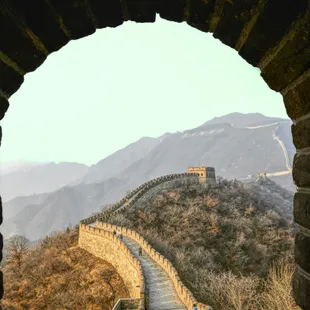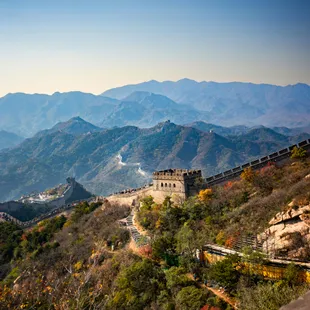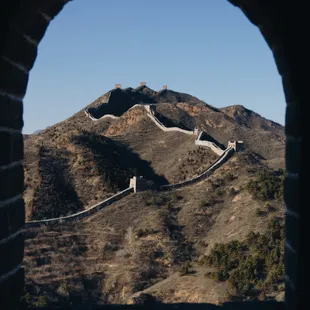Introduction
The Forbidden City in Beijing was home to Chinese emperors for nearly 500 years. This massive complex is full of history and stunning architecture, offering a glimpse into the lives of China's imperial families. Wander through its grand halls and tranquil gardens, explore ancient treasures, and soak in the beauty of traditional Chinese design. It’s a must-see for anyone interested in history or culture.
It was first built in the early 1400s during the Ming Dynasty. It served as the home of the Ming emperors and later the Qing emperors for nearly 500 years. The place was where China's most powerful rulers lived, worked, and held court. Over the centuries, it saw countless ceremonies, celebrations, and political dramas. In the early 20th century, the last emperor of China, Puyi, was forced to leave the palace, marking the end of imperial rule. Today, it’s a museum that lets visitors step back in time and explore the grandeur of ancient China.
The Layout and Structure of the Forbidden City
In ancient times, it was home to the emperor, empress, imperial family, and a vast retinue of servants and officials. The emperor lived and worked in the central part of the palace, known as the Outer Court, which included key buildings like the Hall of Supreme Harmony (Taihe Dian), where grand ceremonies and important meetings took place.
- The Emperor: Lived in the Palace of Heavenly Purity (Qianqing Gong).
- The Empress: Resided in the Palace of Earthly Tranquility (Kunning Gong).
- Concubines and Noble Consorts: Lived in various palaces within the Inner Court, such as the Palace of Gathering Elegance (Chuxiu Gong) and Palace of Longevity and Health (Shoukang Gong).
The inner workings of the Forbidden City were managed by eunuchs and officials. Concubines and noble consorts were overseen by senior concubines or eunuch supervisors who ensured everything ran smoothly.
Important Buildings
- Imperial Garden (Yu Huayuan): A peaceful retreat for the emperor and his family, filled with pavilions, rockeries, and ponds.
- Hall of Preserving Harmony (Baoheng Dian): Used for banquets and smaller ceremonies.
- Hall of Central Harmony (Zhonghe Dian): Where the emperor prepared for major events and rituals.
Transportation
How to Get There
Subway
Take Subway Line 1 to Tiananmen East Station or Tiananmen West Station. From there, it's about a 10-minute walk to the Forbidden City.













